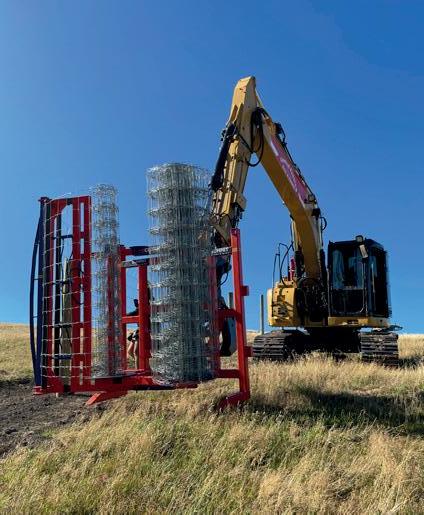
2 minute read
The right winter diet is crucial
Most farmers tend to dry cows off and send them off to grazing without much thought as to what impact this might be having on them physiologically.
The physiological impact can be disastrous (think dead cows from acidosis), while other impacts, like future production and reproductivelosses, can go unnoticed. Let us look at transitioning cows from pasture onto brassicas, specifically kale, as an example. Cows can get acidosis from rapidly transitioning onto kale, just like they can on fodder beet. Often the poor performers, after 2-3 weeks of having transitioned from pasture onto crop, have subclinical acidosis. Another example of rapid transitioning is “red water”. This is when the cow’s urine is red, indicating haemoglobin release in reaction to high levels of S-methyl cysteine sulphoxide (SMCO) in brassicas. Other more obvious clinical signs of rapid transitioning can include weakness, diarrhoea, jaundice, decreased appetite and poor body condition. This rapid transitioning can impact rumen health, that may take months to recover from, impacting production and reproduction for the following season.
What does good transitioning look like?
Animals can take at least 2 weeks to adjust and then consume their maximum voluntary intake when transitioning from a full-pasture diet to one that contains 50 percent brassica. Initially, only allow access to the brassicas for a short period of time and build up the final allowance over a period of 10 days. While building up the full allowance, we should use complementary feeds that are high in fibre such as baleage, hay or straw, pasture and pasture silage. Be sure to observe animals closely for signs of toxicity, such as nitrate poisoning or bloat.
| Rapid transitioning from pastures onto brassicas can have a prolonged impact on the health and production of dairy cows.
What additional minerals need to be considered on kale?
Brassicas contain low levels of copper and so the copper status of the cows should be checked prior to drying-off and copper supplementation given through the winter if needed. Selenium can help to prevent red water so levels should be checked and supplemented if required. Brassicas also contain low levels of iodine and may contain high levels of goitrogens, which can block the uptake of iodine, resulting in iodine deficiency. This may see an increase in still-births, or reduce the viability of new-born calves. Low iodine may have an impact on future reproduction too, but this is not as well understood. It is best to avoid feeding brassicas to springing cows. Brassicas can contain high levels of calcium and only marginal levels of phosphorus. They also contain low levels of magnesium but high levels of potassium and this imbalance in minerals can lead to milk fever. We have used brassicas as an example here, but all winter diets should be reviewed for their nutritional value and any deficiencies must be supplemented appropriately. Donaghys have a wide range of minerals, probiotics and drenches to support your herd during this crucial, yet often overlooked time.
Speak to your local Farmlands or Donaghys TFO for ways to minimise the negative impact that a winter diet can have on your herd.
Article supplied by Donaghys










